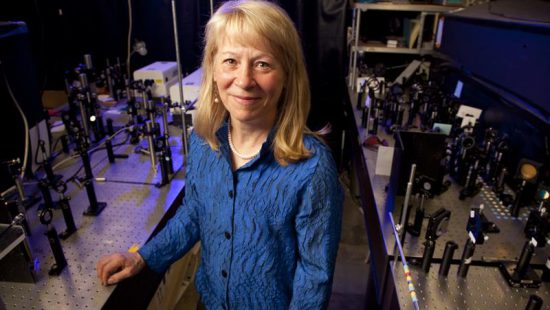In the late 1930s, marijuana’s psychoactive properties were an enigma to scientists. After the government banned the drug, Roger Adams, a chemist at the University of Illinois, demystified the plant’s effects on the brain by isolating compounds like tetrahydrocannabinol, or THC – the compound that causes people to get “high.”
Today, the appropriately named “Adams scale” is used to measure potency of pot.
Along with deciphering the chemical structures of countless substances, Adams developed a compound of his own. Called “Adams’ catalyst,” platinum dioxide is frequently used by chemists in hydrogenation reactions. Adams’ contributions to organic chemistry are rivaled only by his contributions to teaching. As a professor, he taught more than 250 Ph.D. and post-doctoral students, developing a model graduate science program that was admired across the country.
Many of these students would assume prominent positions in industrial chemistry, including Wallace Carothers who invented nylon at DuPont.






